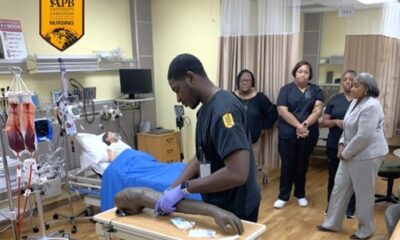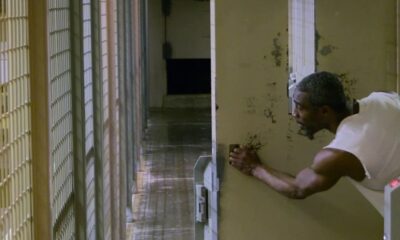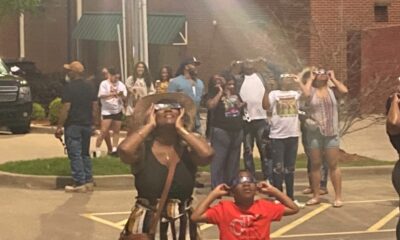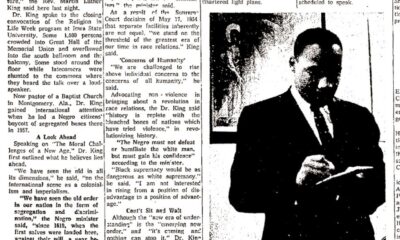Black History
Here is the Place Where History Sat
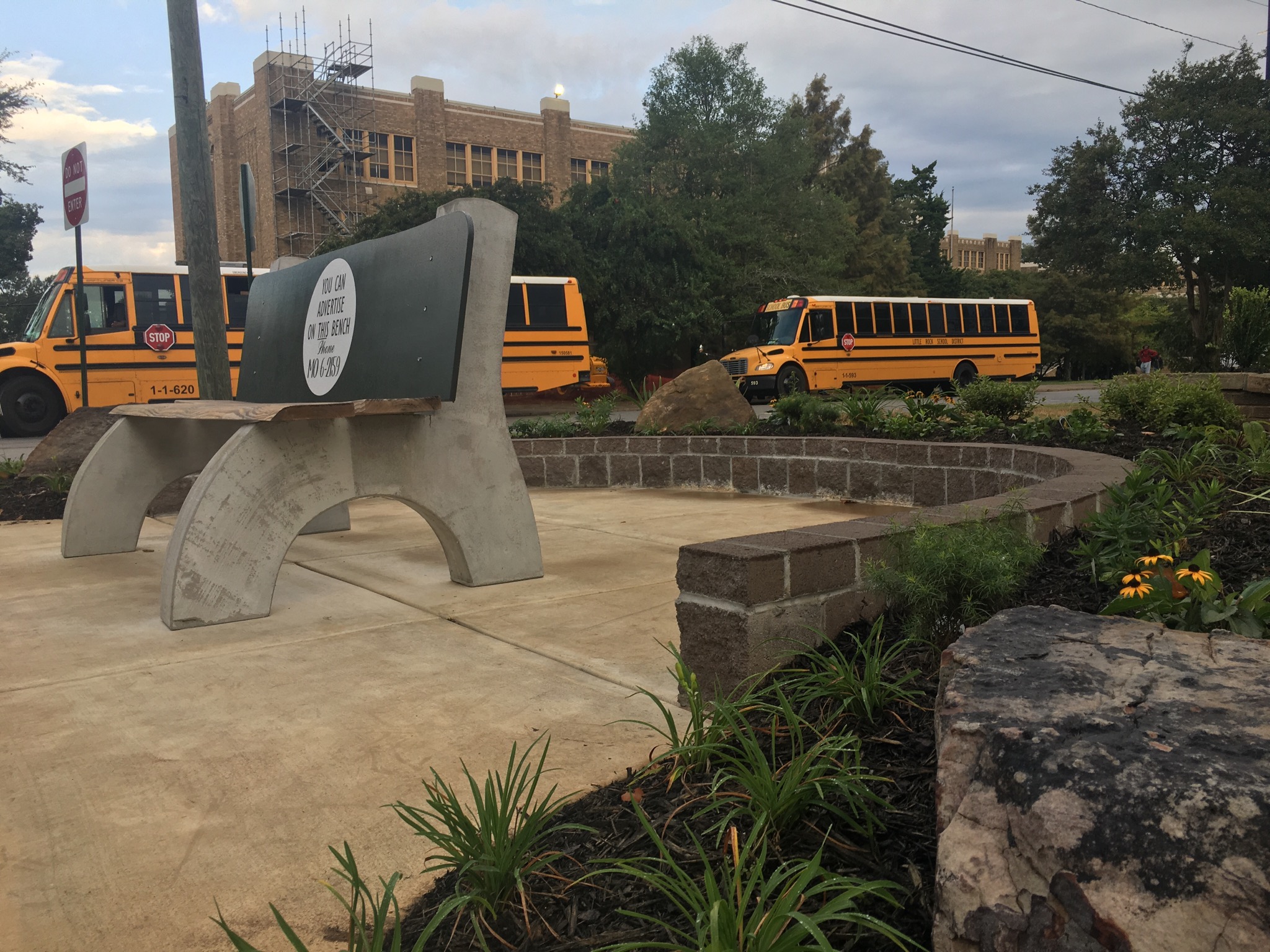
The individual names of the nine Black students who enrolled at all-white Central High School in Little Rock, Arkansas 62 years ago may not readily come to mind, but the impact of their collective courage is still recognized around the world. Decades later, the Little Rock Nine remain among the icons of the Civil Rights Movement especially on September 25th, the day the teenagers arrived at Central High escorted by the Army’s 101st Airborne Division.
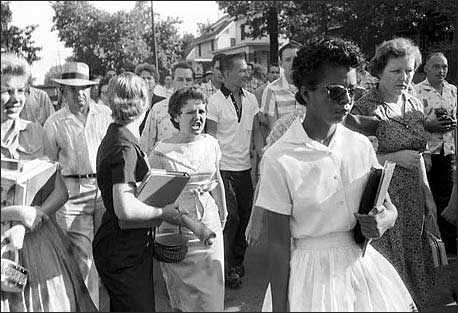
The students had attempted to desegregate the school earlier that September but were prevented from doing so by the National Guard which had been called in by Arkansas Governor Orval Faubus, a staunch segregationist. There were hundreds of angry white protesters as the students arrived on September 4th accompanied by a coalition of ministers. Elizabeth Eckford, one of the teenagers, had not been informed of the plan because she and her family did not have a telephone. Elizabeth went to school that morning alone, and what she faced is seared into the minds of millions through a photo that captured the angry, jeering mob.
In a 1997 interview with Facing History and Ourselves, Eckford shared the following:
“On the morning of September 4th, my mother was doing what she usually did. My mother was making sure everybody’s hair looked right and everybody had their lunch money and their notebooks and things. But she did finally get quiet and we had family prayer. I remember my father walking back and forth. My father worked at night and normally he would have been asleep at that time, but he was awake and he was walking back and forth chomping on cigar that wasn’t lit.”
“I expected that I would go to school as before on a city bus. So, I walked a few blocks to the bus stop, got on the bus, and rode to within two blocks of the school. I got off the bus and I noticed along the street that there were many more cars than usual. And I remember hearing the murmur of a crowd. But, when I got to the corner where the school was, I was reassured seeing these soldiers circling the school grounds. And I saw students going to school. I saw the guards break ranks as students approached the sidewalks so that they could pass through to get to school. And I approached the guard at the corner as I had seen some other students do and they closed ranks. So, I thought; ‘Maybe I am not supposed to enter at this point.’ So, I walked further down the line of guards to where there was another sidewalk and I attempted to pass through there. But when I stepped up, they crossed rifles. And again I said to myself; ‘So maybe I’m supposed to go down to where the main entrance is.’ So, I walked toward the center of the street and when I got to about the middle and I approached the guard he directed me across the street into the crowd. It was only then that I realized that they were barring me, that I wouldn’t go to school.”
Later that month Eckford and the other students integrated Central High, but it was only after President Dwight D. Eisenhower sent federal troopers to Little Rock to escort them.
Last year students at Central High School along with the Central High Memory Project, the Little Rock Central High School National Historic Project and others dedicated the Elizabeth Eckford Commemorative Bench. The bench is a replica of the original bench where Eckford sat on September 4th as she sought a place to retreat from the mob.
Elizabeth Eckford, Minnijean Brown, Ernest Green, Thelma Mothershed, Melba Patillo, Gloria Ray, Terrence Roberts, and Carlotta Walls are eight of the Little Rock Nine and are still living. Jefferson Thomas passed away in 2010 from pancreatic cancer. Daisy Gaston Bates, the then-NAACP President for Arkansas and chaperone of the teenagers, is also deceased.

-

 Black History5 months ago
Black History5 months agoThe untold story of a Black woman who founded an Alabama hospital during Jim Crow
-

 Featured9 months ago
Featured9 months ago‘No Closure’ In Town Where Five Black Residents Were Either Murdered, Died Suspiciously Or Are Missing
-

 Black History10 months ago
Black History10 months agoBlack History Lost and Found: New Research Pieces Together the Life of Prominent Texas Surgeon and Activist
-

 Featured9 months ago
Featured9 months agoFounder of “The Folding Chair” Podcast Calls Montgomery’s Brawl ‘Karma’
-

 Featured9 months ago
Featured9 months agoThousands ‘Live Their Dream’ During National Black Business Month
-

 Featured11 months ago
Featured11 months agoJuneteenth And ‘246 Years Of Free Labor’ Are Key To Conversations About Reparations


